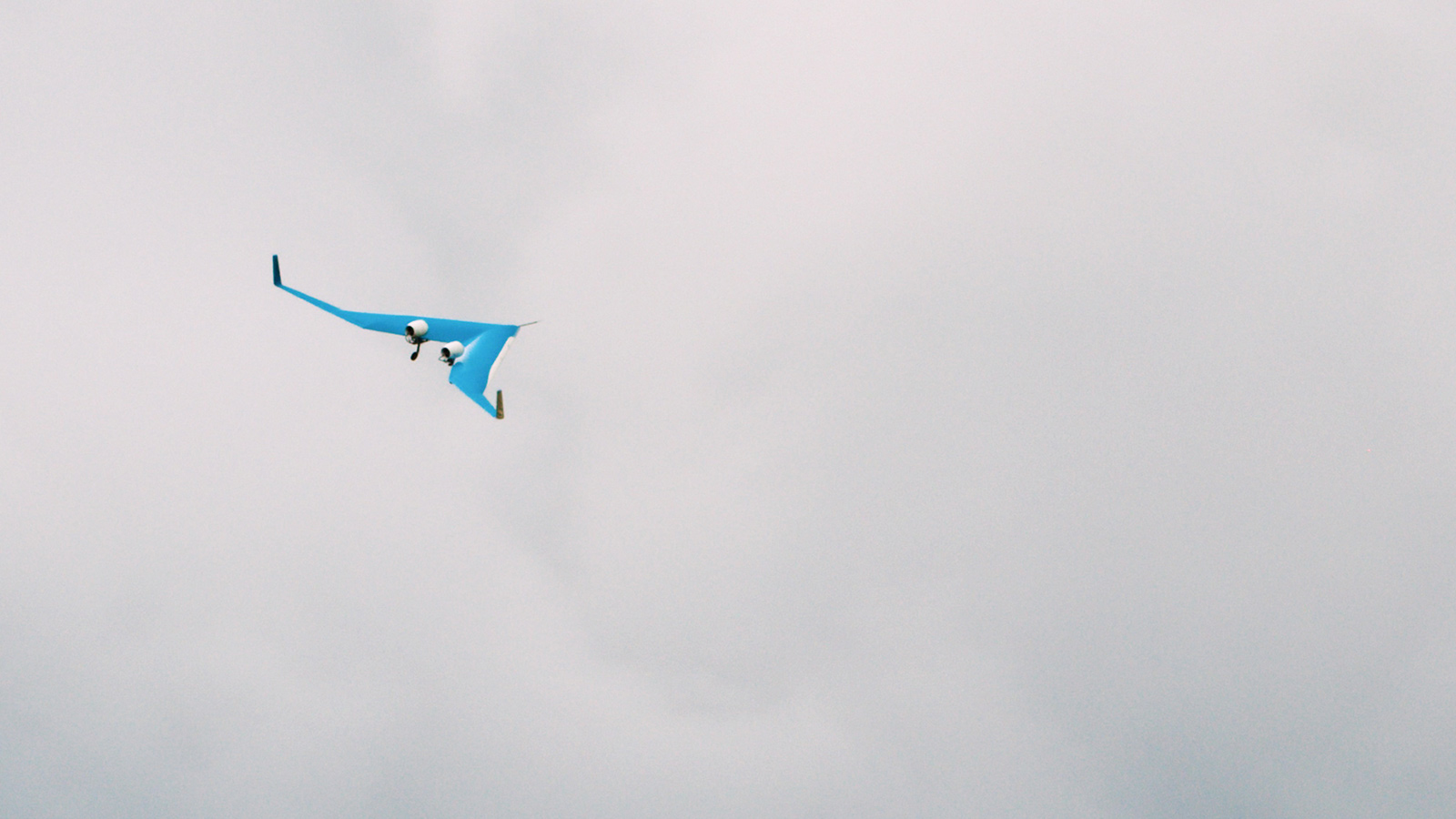Stay Up to Date
Submit your email address to receive the latest industry and Aerospace America news.
The Aircraft Design Technical Committee promotes optimization of aircraft systems, including analysis of their future potential.
It was a tumultuous year in aircraft design due to the impacts of covid-19. The year began normally enough with first flight of Boeing’s 777X in January. The aircraft is the largest commercial twin engine transport and is powered by GE Aviation’s GE9X engine. Its composite 71-meter-span wing utilizes a novel folding wingtip for easier airport operations.
The pandemic forced considerable replanning of numerous test and development programs. Boeing slowed its 777X testing, Embraer did likewise with its E175E2, and Mitsubishi restructured its SpaceJet Regional Jet family. General aviation developments continued, including the first flight of Gulfstream’s flagship G700 in February in Georgia. Cessna conducted its first flight of the Cessna 408 SkyCourier twin turboprop in May. Powered by Pratt & Whitney Canada PT6A-65SC engines, the SkyCourier targets a 200-knot cruise and range up to 900 nautical miles. It will be offered in both passenger and freighter versions. In July, the Stratos 716X kit aircraft made its debut flight in Redmond, Oregon. The six-seat, single-engine light jet is powered by a Pratt & Whitney JT15D-5 engine.
In the military and defense sector, Dynetics had its first free flight test in January of the DARPA-funded X-61A Gremlins experimental unmanned air vehicle. The UAV can achieve airborne launch and recovery, and by August it demonstrated a free flight of two hours, rendezvousing with a C-130 Hercules aircraft and concluding with a parachute recovery. In Italy, the Falco Xplorer medium-altitude, long-endurance drone from Leonardo flew for the first time in mid-January. Midyear, Taiwan’s Aerospace Industrial Development Corp. T-5 Brave Eagle advanced jet trainer had its first flight. Designed to replicate the F-CK-1 Indigenous Defense Fighter, the T-5 has 80% new parts and is oriented specifically for training. The U.S. Navy delivered the first Bell Boeing CMV-22 Osprey tilt-rotor to an operational squadron in mid-June. In September, Boeing powered up the engine of its Airpower Teaming System unmanned loyal wingman aircraft in preparation for a first flight. Possibly the biggest surprise of the year was the U.S. Air Force announcement in September that it had designed and flown a secret fighter jet in only a year, but it released few details.
The tremendous enthusiasm around electric-powered vehicles continued into 2020. Momentum slowed as many major players (such as Airbus, Rolls Royce and Boeing) replanned to new financial realities. Steady developments continued, though, including China’s EHang, which conducted the first U.S. flight in North Carolina of its autonomous air taxi, the two-seat EHang 216. In May, the magniX All-electric Cessna 208B first flew at Moses Lake in Washington. Billed as the “largest all-electric commercial aircraft,” the modified C208B uses a 750-horsepower electric motor and was developed by magniX and AeroTEC, both based in Washington state. Slovenian company Pipistrel blazed new territory when its two-seat Velis Electro trainer received the first European Union Aviation Safety Agency’s light sports aircraft certification in June.
Research and development vehicles also advanced. A subscale Flying V aircraft, a joint endeavor between Delft University of Technology and KLM Royal Dutch Airlines, was flown midyear. Weighing 22 kilograms with a 3-meter wingspan, the vehicle flew from an airbase in Germany. At scale, the large, long-range commercial transport concept targets a 20% reduction in fuel consumption when compared with today’s aircraft. California-based Swift Engineering flew its solar-powered, long-endurance UAV in July from Spaceport America in New Mexico. In Cranfield, England, ZeroAvia flew the first hydrogen fuel cell-powered flight of its modified Piper M350 test aircraft.
Related Posts
Stay Up to Date
Submit your email address to receive the latest industry and Aerospace America news.




